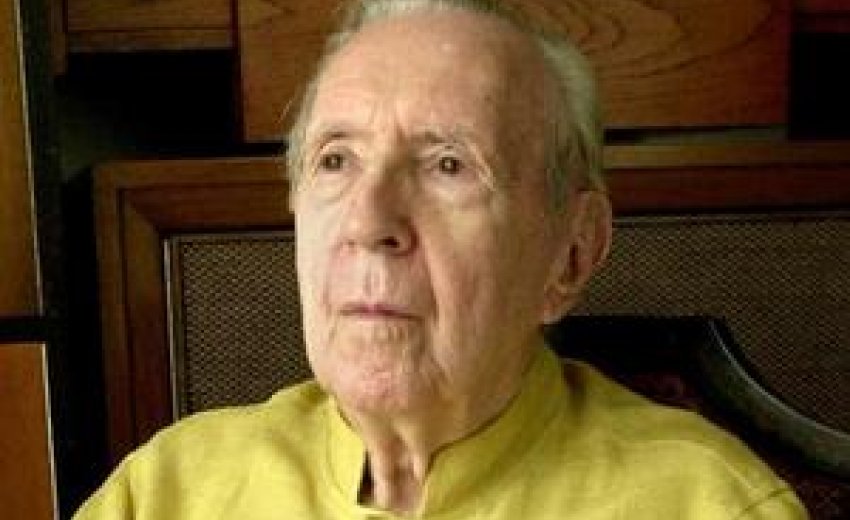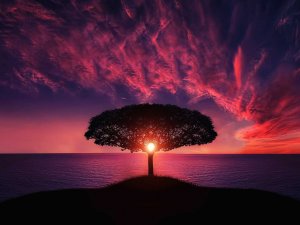 Jacques
Barzun died yesterday. He was 104 years
old. Today The New York Times published
a full page obituary by Edward Rothstein that began by labeling him a
distinguished historian, essayist and a cultural
gadfly.
Jacques
Barzun died yesterday. He was 104 years
old. Today The New York Times published
a full page obituary by Edward Rothstein that began by labeling him a
distinguished historian, essayist and a cultural
gadfly.
It is the last epithet that distinguishes him. I use the word in the British English sense where it does not have any derogatory meaning. And a gadfly he was – a provocative stimulus. I had long admired him as the model of a cultivated, expansive mind, the quintessential, though rare, academician.
Rothstein in his obit today rightly labels Jacques Barzun as a man of boundless curiosity, monumental productivity, and manifold interests, encompassing from Berliotz to baseball and even mystery fiction. His was a life of the mind …
Jacques Barzun wrote dozens of books, entered the young field of cultural history and just about redesigned it. He was living proof of Shakespeare’s words “Age cannotwither her, nor custom stale her infinite variety.” At 92 he completed “From Dawn to Decadence,” an almost 900 page survey of Western cultural history.
He was a giant among the great scholars of the 20th century who mined the European philosophic and cultural traditions and connected them to contemporary American intellectual and cultural realities
With another great mind of the century at Columbia University, Lionel Trilling, he designed and taught the classical course “Studies in European Intellectual History and Culture Since 1750.” The course still forms the foundation of a Columbia education.
Barzun also argued in his writings that “the peoples of the West had offered a set of ideas and institutions not found earlier or elsewhere.”
I could argue that over 500 years ago the Sikh Founder-Gurus offered the model of an egalitarian society that promised self-governance, transparency and accountability with freedom from racial, caste and gender stereotypes. I have to concede, though, that the practice often remains short of the teaching. But then that is equally true of all societies regardless of geography or religious label.
But Barzun’s formulations were welcome then and remain equally relevant today.
If he had a failing it was in being unable to reconcile what he saw as the fatalistic determinism of science with the intellectual life of culture and history. I suspect the felt the life of science as not much more than technical training, whereas culture and history were at the core of a life of ideas.
What I learned to admire most in Jacques Barzun was his role as public intellectual. He was the popularizer of ideas and the catalyzer of national conversations about them. He believed that scholarship and its achievements should not be secreted, secluded or divorced from the wider American readership. And this is exactly what I believe. This is exactly what the Guru Founders of Sikhi believed and practiced.
Barzun practiced that belief by becoming historical consultant and writer for a variety of outlets, such as Life magazine, Harper’s, The Saturday Evening Post and The Atlantic, as also The Nation and The New Republic. The idea always was that serious scholarship should become widely available to wide range of readers outside any particular specialty areas.
This idea of a “public intellectual” is one that I have repeatedly tried to push to our academicians in the discipline of Sikh Studies, but not very successfully. My convincing skills have usually met a wall. As I see it, short of the Gurus, Bhai Gurdas was the first public intellectual of Sikhism.
All in good time perhaps.
Barzun’s 1959 book “The House of Intellect” was perhaps his most important work as a public intellectual. In a 2000 work he argued that “one of the great virtues of the West was its character as a mongrel civilization over the course of its development.” Certainly this thought speaks even more strongly to the American strength. It is this mongrelization that gives the West (and America) its resiliency that historically emerges from construction out of many national cultures. “E Pluribus Unum” as goes the American national motto.
I look at this and two ideas come to mind: One is the biological dictum of the vigor that emerges from hybridization.
The second truth is the reality of the origin of Sikhism and where it all began -- the pre-1947 Punjab where Sikhism arose. For centuries all invaders into India – from the Caucasians, Alexander the Great and his Greeks, the Mughals, Mongols and sundry invaders and traders – all entered India through the risky Khyber Pass that lies between Afghanistan and Punjab. Thus Punjab is where they ended up to conquer, loot, perish or return. In human history there has been no better or comparable laboratory for mongrelization and genetic hybridization except perhaps in Punjab, the Baltics or North America.
I celebrate and salute the inclusive and expansive vision of Jacques Barzun. We Sikh should find it all too familiar.
October 26, 2012





